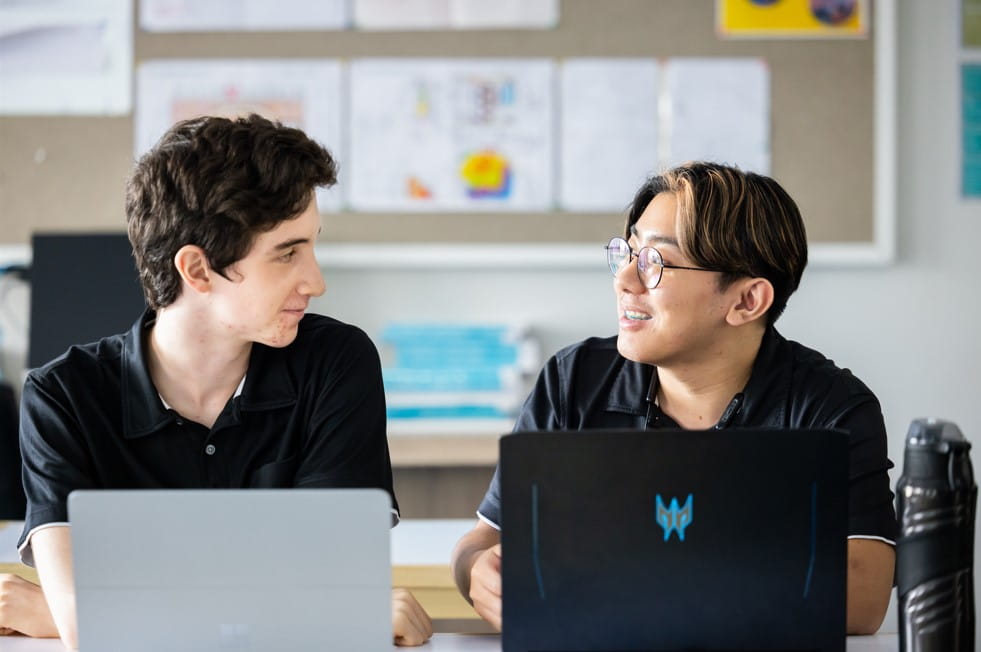We use cookies to improve your online experiences. To learn more and choose your cookies options, please refer to our cookie policy.

As AI tools become increasingly common in classrooms and homes, many parents are asking a crucial question: Will AI help or harm my child’s ability to think independently and creatively? The good news is that when used thoughtfully, AI doesn’t replace creativity and critical thinking; it can help to strengthen them.
AI can spark curiosity and guide students in finding their answers. This is particularly evident in the Guided Learning mode within Google Gemini, our preferred AI platform at St Andrews. For example, if a student is working on a project about global warming, the Guided Learning mode acts like a personal tutor. If the student asks, “How does climate change affect farming in Africa?” the tool won’t just provide the answer. It might respond by guiding them first: "That's a complex issue. To understand it, let's first explore the difference between weather and climate. Can you explain it in your own words?" This approach encourages deeper thinking and helps the student construct their own knowledge.
Being able to identify credible sources and make an informed decision about using (or not using) them in work is a key skill students develop by being exposed to AI. It is a key critical thinking skill, encouraging students to analyse the origin of the information. Google Gemini for Education includes the option for students to “double-check” any AI response. This forces the AI engine to review its own answer and provide external links to reliable sources, such as peer-reviewed articles or university websites, to support its response.
Students often get stuck at the beginning of a creative project or major assignment, which can lead to stress and anxiety. AI can help alleviate the pressure of starting a project and spark ideas, but without doing the work for them. For example, during Design Challenges in our Key Stage 3 Technology curriculum, we guide students who don't know how to begin by asking, “List three different ways people might approach this design challenge.”
As they develop their ideas, they might ask, “What simple materials or methods could I use to make a quick prototype?” to help plan their next steps. Even during the evaluation phase, they can ask, “Give me examples of fair tests I could use for my product.” In each case, the AI provides suggestions and frameworks, but the student's job is to choose the best path, sketch the final design, build the physical prototype, and record their own test results. This ensures the AI is a helpful assistant, not a shortcut.
We teach students that AI is a tool or a thought partner, not a shortcut to a simple answer. Professor Lily Kong, an award-winning academic, interdisciplinary scholar, and member of Nord Anglia’s Education Advisory Board, shares her valuable insights on learning in an AI-driven world in Nord Anglia Education’s INSIGHTS publication. She explains, “In many fields, students will need to have the ability to use AI to create first drafts by framing their questions in the right way, which is a skill that can be learned. But beyond that, how do you evaluate a first draft and improve it? And that's where critical thinking comes in. To be good at your job, you must be able to create an ideal final draft. Graduates must also work with clients in ways that resonate with them, like knowing how to read a room or how to negotiate. AI can help with some of that, but at the end of the day, human qualities must shine through.”
Click Here to read the full article
AI is already transforming many careers, from law and marketing to science and design. In the future, your child may use AI to draft reports or develop creative projects. However, success in these fields will still rely on human skills, such as knowing how to evaluate a draft, improve it, connect with others, and think critically.